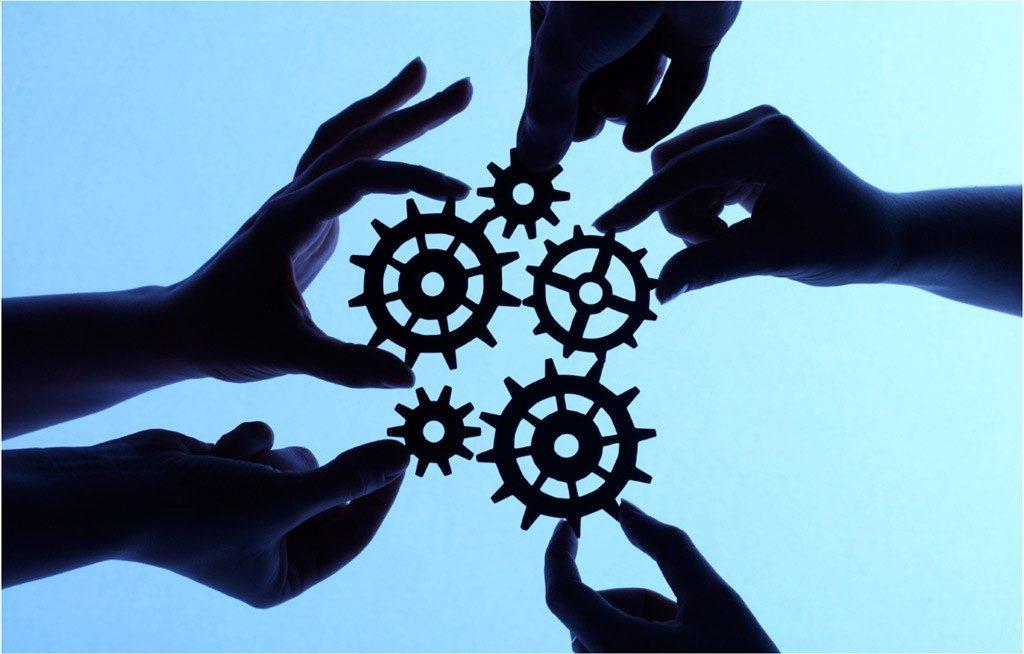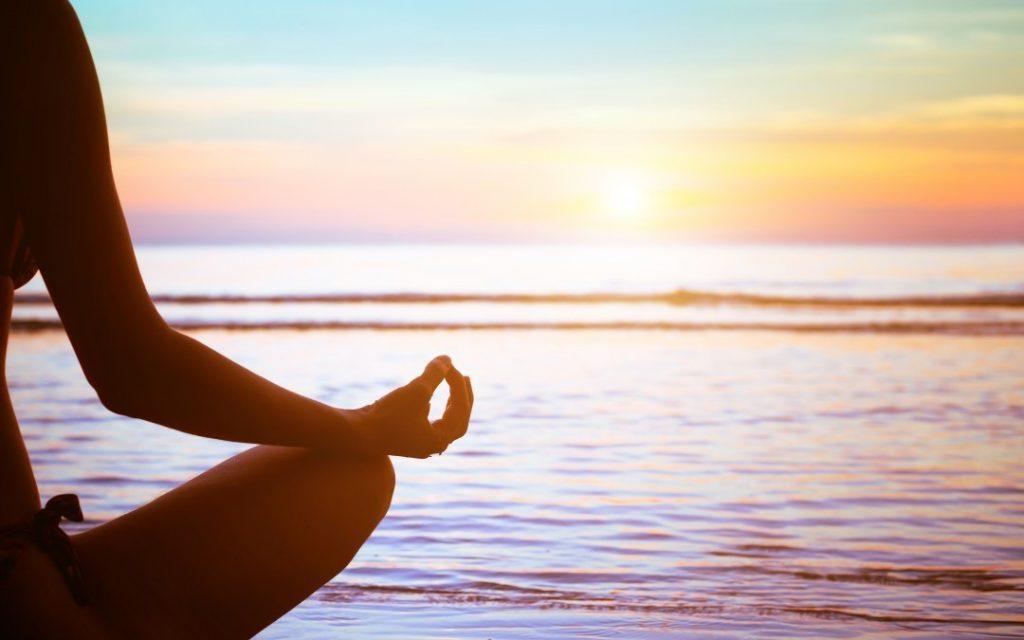Religion in the Ancient World
There is no culture recorded in human history which has not practiced some form of religion.
In ancient times, religion was indistinguishable from mythology and consisted of regular rituals based on a belief in higher supernatural entities who created and continued to maintain the world and surrounding cosmos.

Christianity as a religion made standard a belief in an afterlife and set up an organized set of rituals by which an adherent could gain everlasting life.
In so doing, the early Christians were simply following in the footsteps of the Sumerians, the Egyptians, the Phoenicians, the Greeks, and the Romans all of whom had their own stylized rituals for the worship of their gods.
To perform acts of devotion or veneration, rituals, practices, and activities to celebrate holidays or annual events they gathered together in a special place which had been dedicated to the worship, later – temples, synagogues, mosques and churches.
Spiritual practice, both individual and collective, was a part of our ancient life and our ancient roots, that we are so unwisely trying to detached from nowadays.
Integration Of Psychological And Spiritual

In spite of the conveniences of modern life, there are a few good reasons as to why we’re still feeling stressed. The pressure to maintain an image of perfection is surely exhausting. Lack of time for self reflection and stress are the most common roots of anxiety disorders.
Psychological Identity
Our psychological identity is the set of personal and behavioral characteristics which make up our unique personality. Many people come into therapy without a clear sense of their own identity. This lack of identity or sense of self is often because someone in the nuclear family had a strong, dominant or negative influence combined with a lack of validation and affirmation.
Sometimes there is a tiny ego inside, underneath everything else, that is barely in awareness, and is hidden and seldom expresses itself. Usually it is feared that if the self were to express itself, it would result in rejection, and the potential loss would be too frightening and overwhelming.
The task is to slowly get in touch with who you really are, work through the past negative relationships and fears, develop an awareness and acceptance of your strengths and weaknesses, become aware of your interests and values, and formulate your goals for the future.
Spiritual Identity
Our spiritual identity is a set of religious and spiritual values, beliefs, goals, and behaviors. We often think of spirituality in terms of interests or beliefs, but it is also important to look at spirituality in terms of behavior.
What we are actually doing and how we are acting in our daily life is what really defines our spiritual identity at any particular time.
Reading spiritual topics, or talking about spirituality, or even thinking about spirituality is not being spiritual. Reading, speaking, and thinking indicate an interest in spirituality.
Our spiritual identity is the values, beliefs, and goals that we are living out in our current lives. This is a hard way to look at spirituality and may be discouraging. But it can also motivate us to learn how to put our spiritual interests and beliefs into practice.
Spirituality is often a relevant issue in modern settings, yet there is a need to differentiate spirituality from religion. Spirituality focuses on the psychological and spiritual aspects of life, helping to relieve the physical, emotional, social and spiritual distresses.
Whichever religious path or culture you come from, spiritual practice is your personal journey of going inward to get in touch with your Higher Self – “God-image” within the psyche “God within us” (C.G. Jung “Psychology and Religion” page 334).
Individual spiritual practice is necessary for dealing with emotions and common situations and allows us to develop spiritual relationships that are nurturing our Soul (C.G. Jung “The Psychology of the Transference,” CW 16, par. 522). Our personal spiritual hygiene, the hygiene of our Soul, as important as cleaning our teeth.
The Making of a Sacred Space
Speaking of practicing personal care of the Soul, it is necessary to address the question of “the place” where such work could be performed. Often, it is an intimate sacred place in our homes – family Buddhist altar, the “red corner”, the prayer corner.

In this spiritual space may be stored different meaningful objects filled with symbolic content. Every culture has their own unique set of images, of saints, gods, goddesses and relics, spices, plants and crystals, gems and much more.
Referring to these objects we can dive into the depths of our Soul, and by doing so, shift our reality. For some, meditation or a pray has become a cure and a good start of the day.
Meditation takes us into the world of unconscious. Floating away from familiar surroundings, we can see our situation from different angle and perspective.
Plunging into the spiritual reality we come into contact with other parts of our Self, which are full of creative psychic energy. Through symbolic images we encounter our Soul, and re-evaluating our selves.

Sources used in writing this article:
“Religion in the Ancient World” by Joshua J. Mark
“Tips for Creating a Sacred Space to Replenish Your Spirit” by Jayme Barrett
 +352 621 752 889
+352 621 752 889  1-3, rue d'Eich (Place Dargent) L-1461 Luxembourg
1-3, rue d'Eich (Place Dargent) L-1461 Luxembourg  Lun – Ven 9.00 AM – 20.00 PM; Sam 10.00 AM – 13.00 PM
Lun – Ven 9.00 AM – 20.00 PM; Sam 10.00 AM – 13.00 PM 